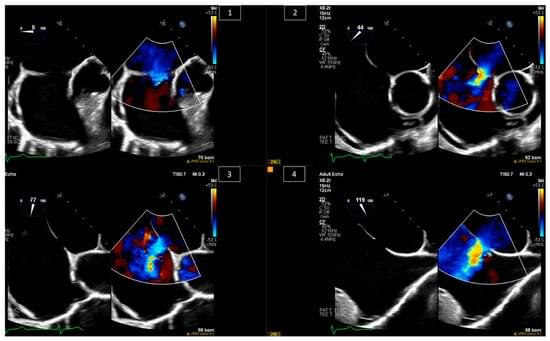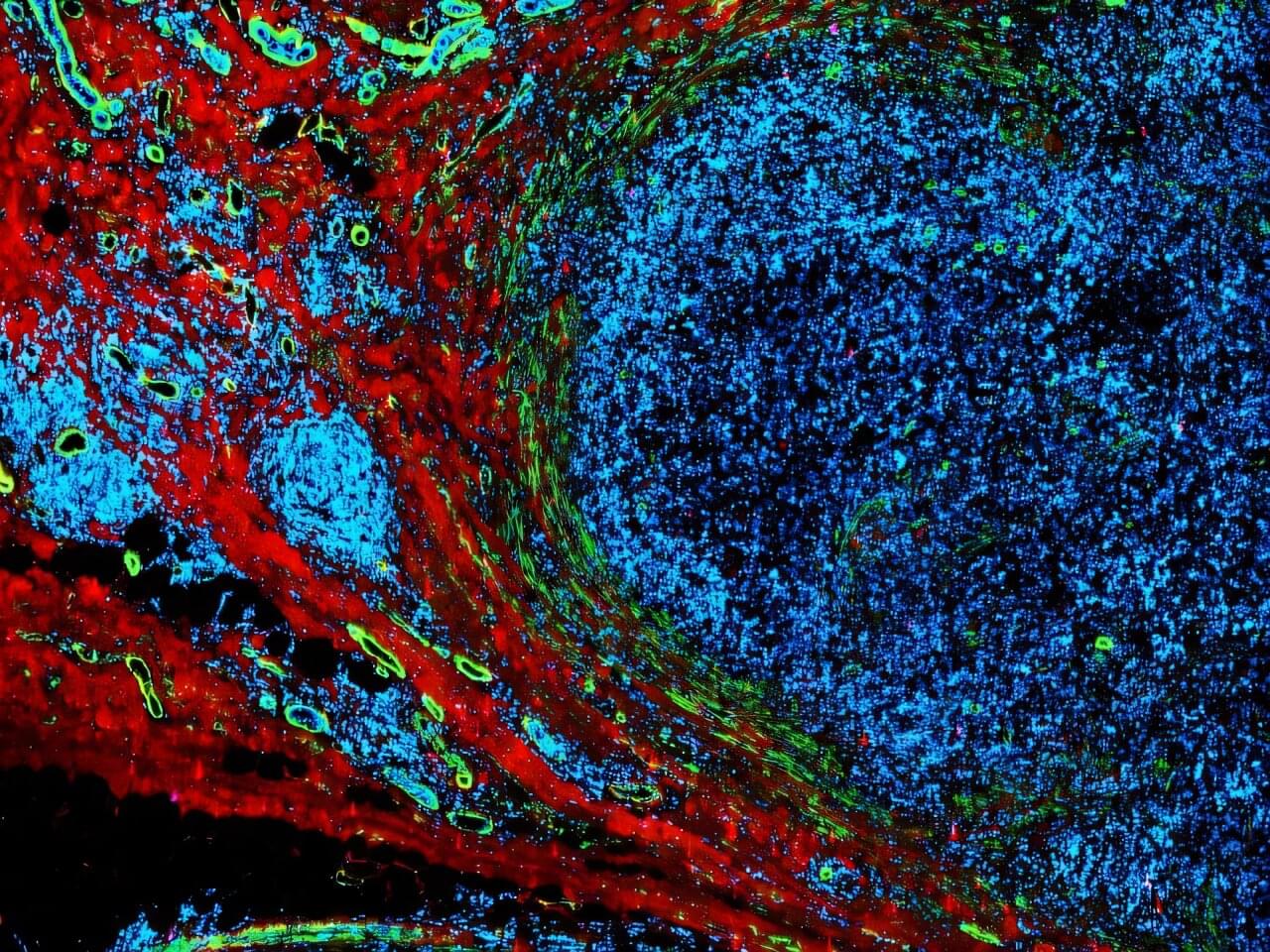The body’s home-grown microbiota and bile acids could help boost the immune system to suppress tumor growth.


Subsurface ocean on Mars suggested by new data and long organic molecules found too. See why these suggest life may be on Mars today!GoldBacks from Galactic/.…

Significant advances in the diagnosis and treatment of congenital heart disease have transformed patient outcomes, leading to an expanding adult congenital heart disease population. Many of these adults require lifelong procedural interventions, frequently performed in catheterization labs under the guidance of echocardiography. This review explores the transesophageal echocardiographic aspect in key catheterization-based procedures.


Alpha-1-antitrypsin is a so-called protease inhibitor, a type of enzyme inhibitor. It is produced in the liver but exerts its effects in the lungs, where it regulates immune cell activity. This regulation is crucial, and an overactive immune response can cause serious lung diseases.
However, some individuals carry a genetic mutation that causes the alpha-1 protein to fold incorrectly. As a result, too little functional alpha-1 is produced, and insufficient amounts reach the lungs.
The mutation is inherited from one or both parents. About 1 in 20 people in Europe carry the heterozygous form of the mutation—inherited from only one parent—and often experience no symptoms or only mild ones. In contrast, the rarer homozygous form, inherited from both parents, affects approximately 1 in 2000 individuals and is much more severe.

Researchers from the International Institute of Molecular and Cell Biology in Warsaw (IIMCB) have described a new mechanism that improves the efficiency of mRNA-based therapies. The research findings could facilitate the development of novel therapeutics against cancers and infectious diseases.
The scientific experiments were carried out at IIMCB, but important contributions also came from collaborators at the Faculty of Physics and Faculty of Biology of the University of Warsaw, the Medical University of Warsaw, and the Institute of Biochemistry and Biophysics of the Polish Academy of Sciences. The study by the Polish researchers has just been published in Nature.
“mRNA vaccines played a key role in controlling the spread of the pandemic. However, mRNA itself is an exceptionally unstable molecule. This does not affect the safety of the therapy but limits its effectiveness—for example, by shortening the duration of action. A particularly important role in mRNA stability is played by its so-called poly(A) tail. In our research, we examined these limitations,” says Prof. Andrzej Dziembowski from the Laboratory of RNA Biology—ERA Chairs Group at the International Institute of Molecular and Cell Biology in Warsaw, one of the lead authors of the study.

The exponential miniaturization of electronic chips over time, described by Moore’s law, has played a key role in our digital age. However, the operating power of small electronic devices is significantly limited by the lack of advanced cooling technologies available.
Aiming to tackle this problem, a study published in Cell Reports Physical Science, led by researchers from the Institute of Industrial Science, The University of Tokyo, describes a significant increase in performance for the cooling of electronic chips.
The most promising modern methods for chip cooling involve using microchannels embedded directly into the chip itself. These channels allow water to flow through, efficiently absorbing and transferring heat away from the source.


High-intensity electrical pulses have been medically used to destroy tumors while sparing healthy tissue. But lower-intensity pulses may have a different effect—they reshape the battlefield, making tumors more vulnerable to the body’s own defenses.
According to Virginia Tech researchers at the Fralin Biomedical Research Institute at VTC, these lower-intensity pulses don’t kill all the cancer cells outright. Instead, they alter the tumor’s environment, increasing blood vessel density within a day of treatment and boosting lymphatic vessel growth by day three.
These changes may help guide immune cells to the tumor, potentially improving the body’s natural ability to fight cancer.
